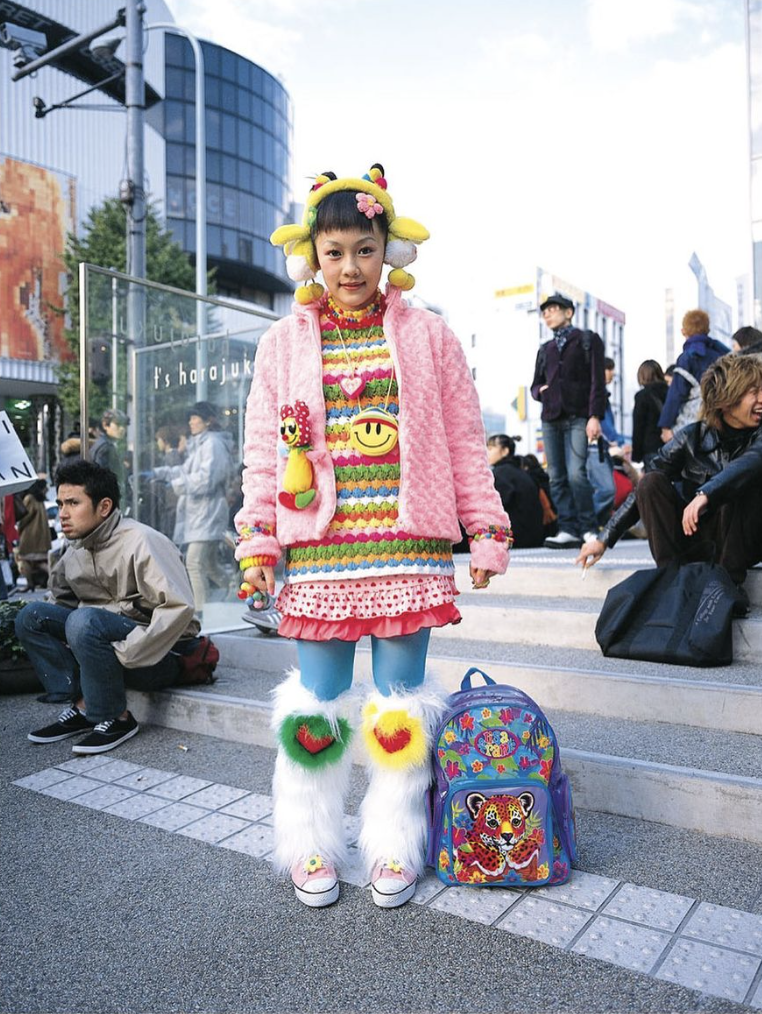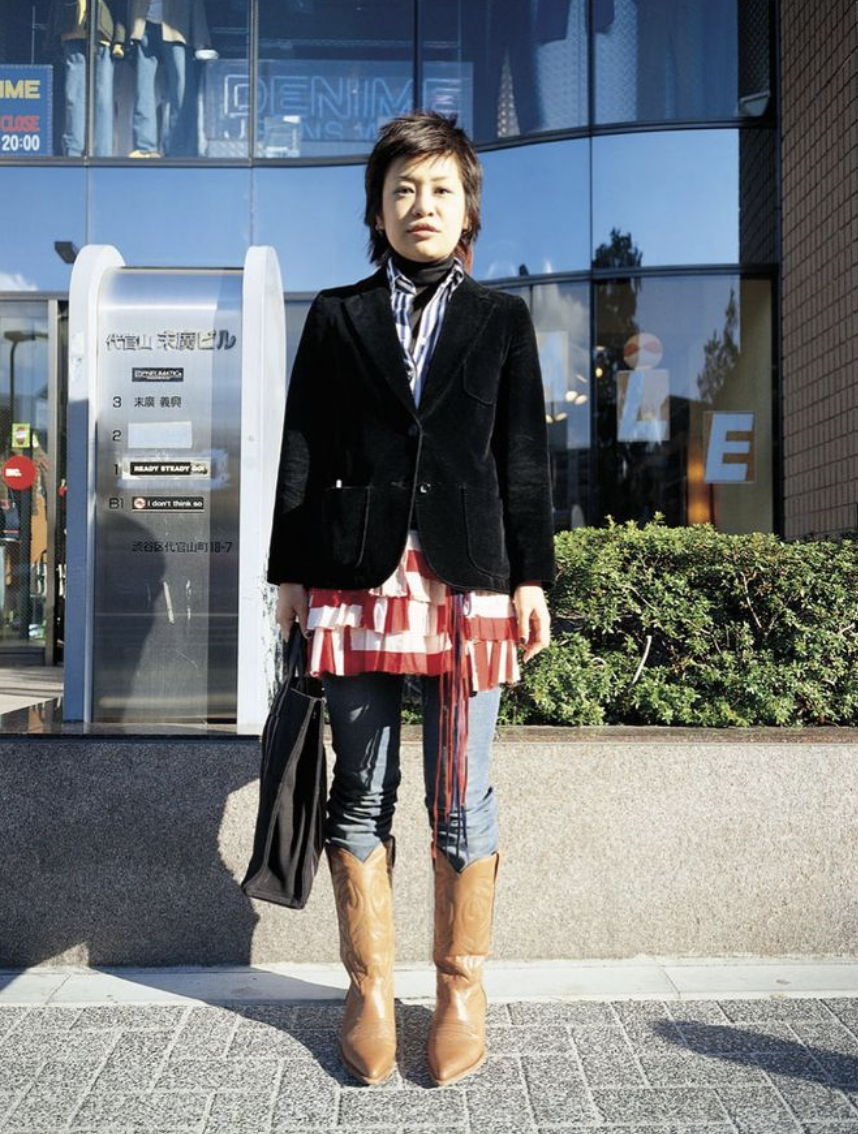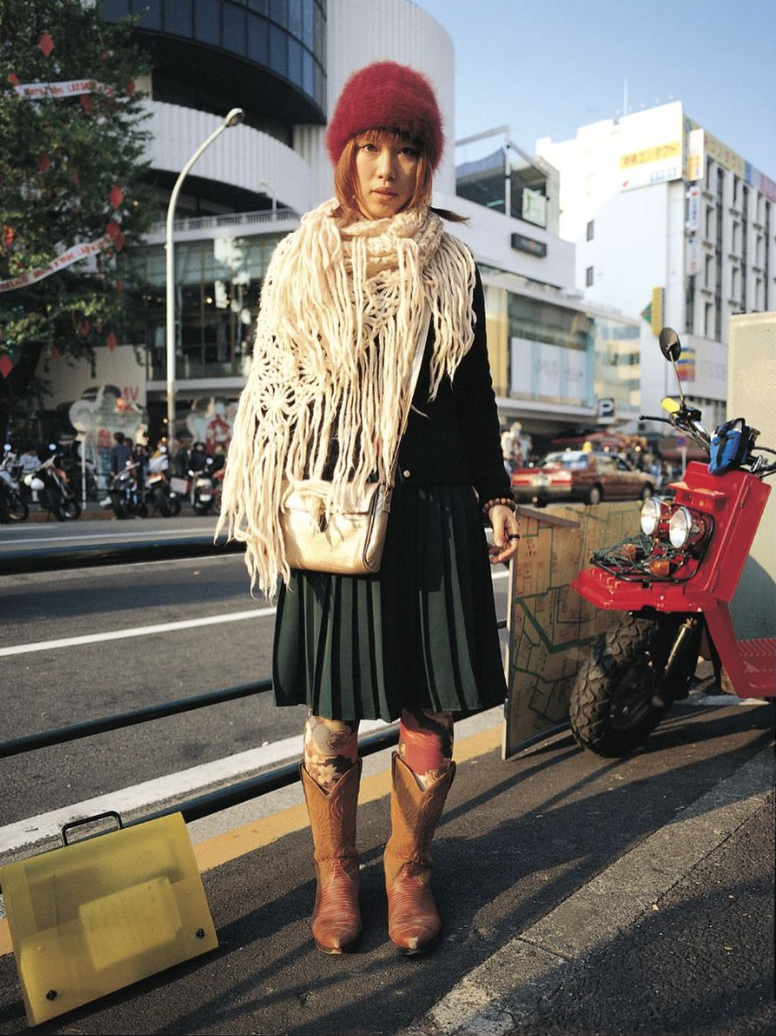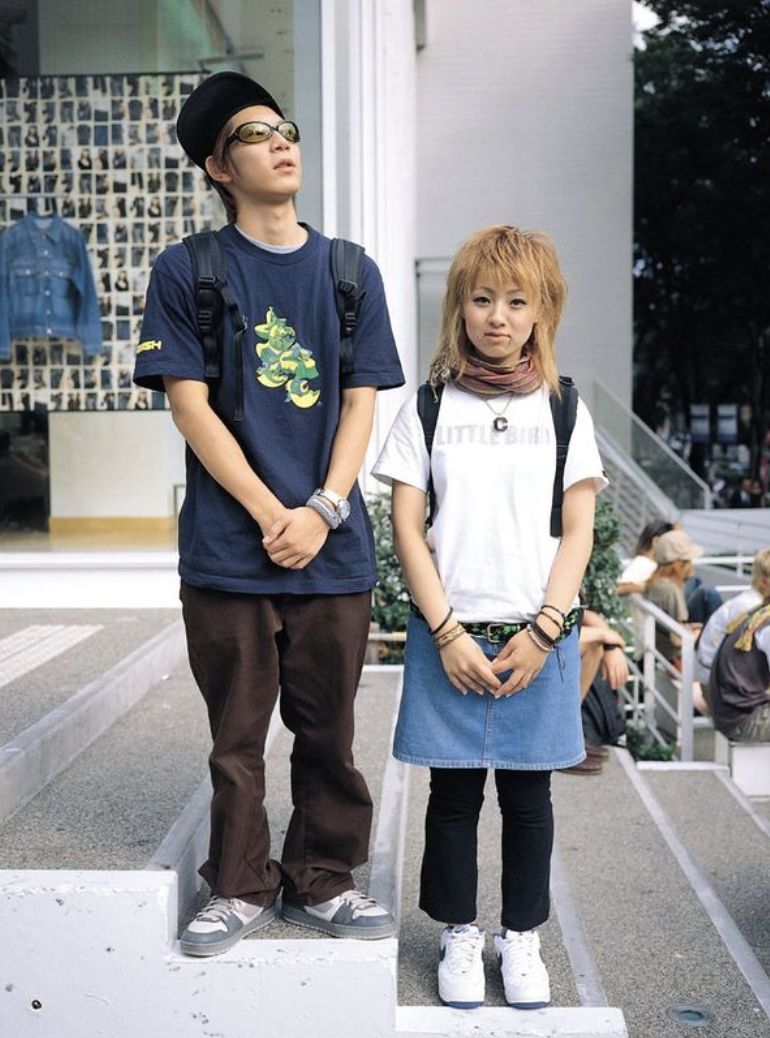I started 2024 with the goal of buying no new yarn for my knitting projects (so far it’s gone well — nothing new!). I wrote my first newsletter of the year about this, partially for accountability, but also to open a dialogue about consumption.
But there’s another goal I’ve been working towards that I’ve tried to be more discreet about: I’ve been shopping as little as humanly possible this year. So far, I’ve bought one dress.
If you know me, this is probably surprising. I love clothes! I love looking at them, touching them, buying them, and putting together outfits. I love researching garments and adding that information to my archives. I go to fashion exhibits at museums, spend hours looking at old fashion magazine scans. Clothes are one of my main hobbies.
But this year I wanted to try something different. Like my quest to completely tamp down my yarn consumption, buying fewer pieces of clothing came from a frustration that confused me — how could I be so interested in clothes, yet feel so bored by what’s in front of me? I have hundreds of pieces at my home, but still I feel like I have nothing to wear. It’s sad and uncomfortable to realize something you’re so passionate about is starting to feel like a burden.
At first, it wasn’t easy. Last year, I bought an average of 1 - 2 pieces of clothing a month, at least. Some of them I love, and others I’ve already passed on to someone else. To use a baseball analogy (lol) my batting average last year was probably somewhere around .400. That would be about 4 hits out of every 10 attempts — historically amazing in baseball, but not very good for fashion.
My goal of purchasing drastically fewer pieces of clothing was both an experiment and a challenge: first, I just wanted to see if I could do it. But I also wanted to test whether this change would help me better understand my own taste. If I knew I had only a very limited number of slots for new items, I would have to be much, much pickier and focused.
“Everything I own started looking even better in my eyes”
I wasn’t prepared for how freeing it would feel — how the rat race of finding beautiful things and acquiring them essentially disappears when you choose not to participate. How everything I own started looking even better in my eyes, because I wasn’t constantly preoccupied with what I’d purchase next. I started keeping a wishlist, not to tally all the things I want to buy, but to visualize what my taste looks like. Every month or so I revisit it to see if the things on my wishlist still feel relevant to me. If not, I archive them without regret.
This exercise has taught me to be precious in a way we rarely get to be with clothes these days. For thousands of years of human history, textiles and clothing were among the most valuable commodities in societies: certain fabrics were like currency, and like anything valuable, they at times triggered violence, colonialism, and displacement. Nowadays our clothes are cheap, and the labor required to make them is ruthlessly driven down by corporations at the expense of workers and the planet. I’m trying to rewire my brain to understand that there’s nothing natural about mass consuming clothing at our modern scale, even if you love fashion.
The one item that I decided to purchase is special to me. I was invited to moderate a panel in Chicago this spring about art and AI, and I wanted something that was “professional” and elegant but still felt like me. I generally dislike corporate office attire and luckily can wear most of my closet into the office, but I was looking for a dress that I could wear over and over again in my “real life” as well as for the event.
I chose a black asymmetric dress with a slanted hem for the panel. It has one sleeve, which is made of a cotton net-like fabric that drapes beautifully over an open shoulder. The hem of the sleeve has a gentle fold, and there’s a pocket (!) on one side of the bodice. It felt modern, artful, and sleek, and it fits perfectly in my wardrobe. I got it secondhand, and was surprised to see the tags still attached — I got it for about 75% off its listed price.
I still buy essentials when I need them, like socks and underwear and sneakers, to replace old, not longer usable pieces. But I’ve cut my impulse purchases to nearly zero: for a recent wedding that I realized I had nothing to wear to, I rented a dress — a first for me — to avoid having to buy something in a panic. I don’t feel like I’m missing anything by shopping so little. In fact, I feel like I have everything and more.
Programming note: If you like this series, sign up to have an email newsletter version delivered automatically to your inbox! It’s free.






